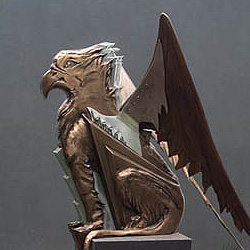
Differences between Low Pressure and High Pressure Die Casting
Two dominant forces in the castings industry shape and condition metal products. First, scorching temperatures liquefy rigid metals. The amorphous

Two dominant forces in the castings industry shape and condition metal products. First, scorching temperatures liquefy rigid metals. The amorphous
The engineering labels employed here make these terms sound aggressive, explosively so, but the differences between shotblasting and sandblasting actually
Simply put, non-ferrous castings don’t contain iron, so aluminium is part of this iron-free family tree, as is magnesium, copper,
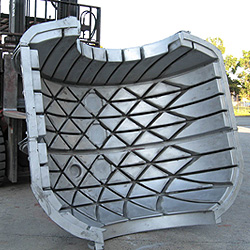
Special finishes are often applied to non-ferrous parts at the post-processing stage. There are extra polishing and machining stages here,
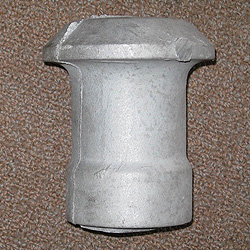
Unique among high-end metal casting techniques, the rotational moulding process uses radial momentum to direct liquid metal flow. The equipment

The goal of this clash of the furnaces is to create a differential review, a critique that looks closely at
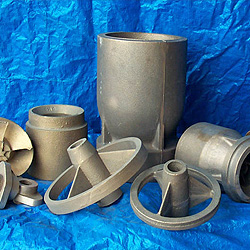
Negative impressions form the backbone of the metal casting industry. We’ll hold off on listing the various mould materials for
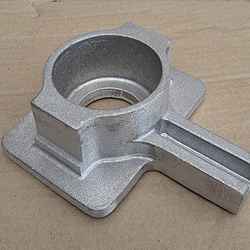
Non-ferrous metal castings are equipped with unique properties, material characteristics that find their way into important engineering applications. But these
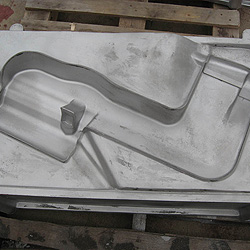
When a developing product leaves the drafting board, the prototyping phase allows engineers to evaluate features and generally fine-tune the

Engineering ingenuity is an obligatory part of a fabrication cycle when hollow products are the manufacturing focus. The void-dominated process
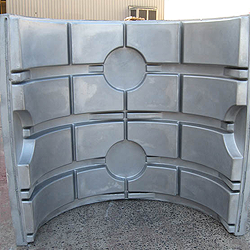
If a castings buyer has been seduced by a particular fabrication process, there’s a good chance he’s looking at a

Every stage of a non-ferrous casting process can be viewed as a worthy property manipulator. Time is a major contributor